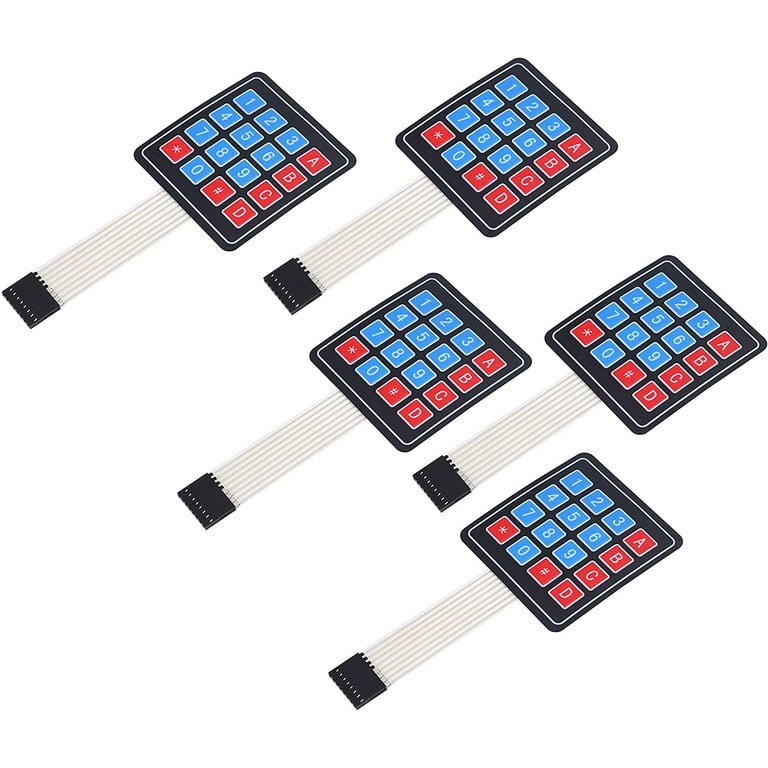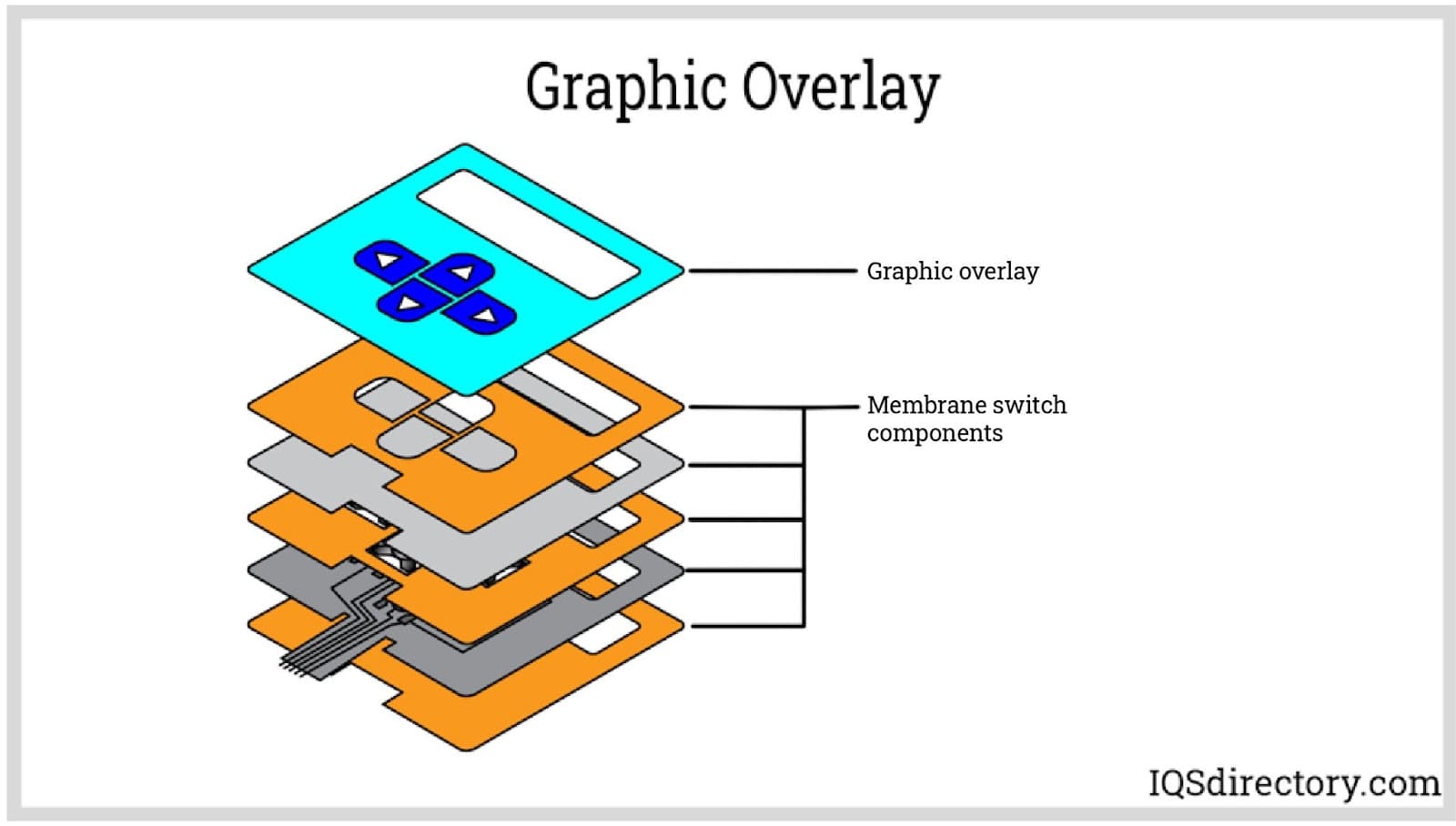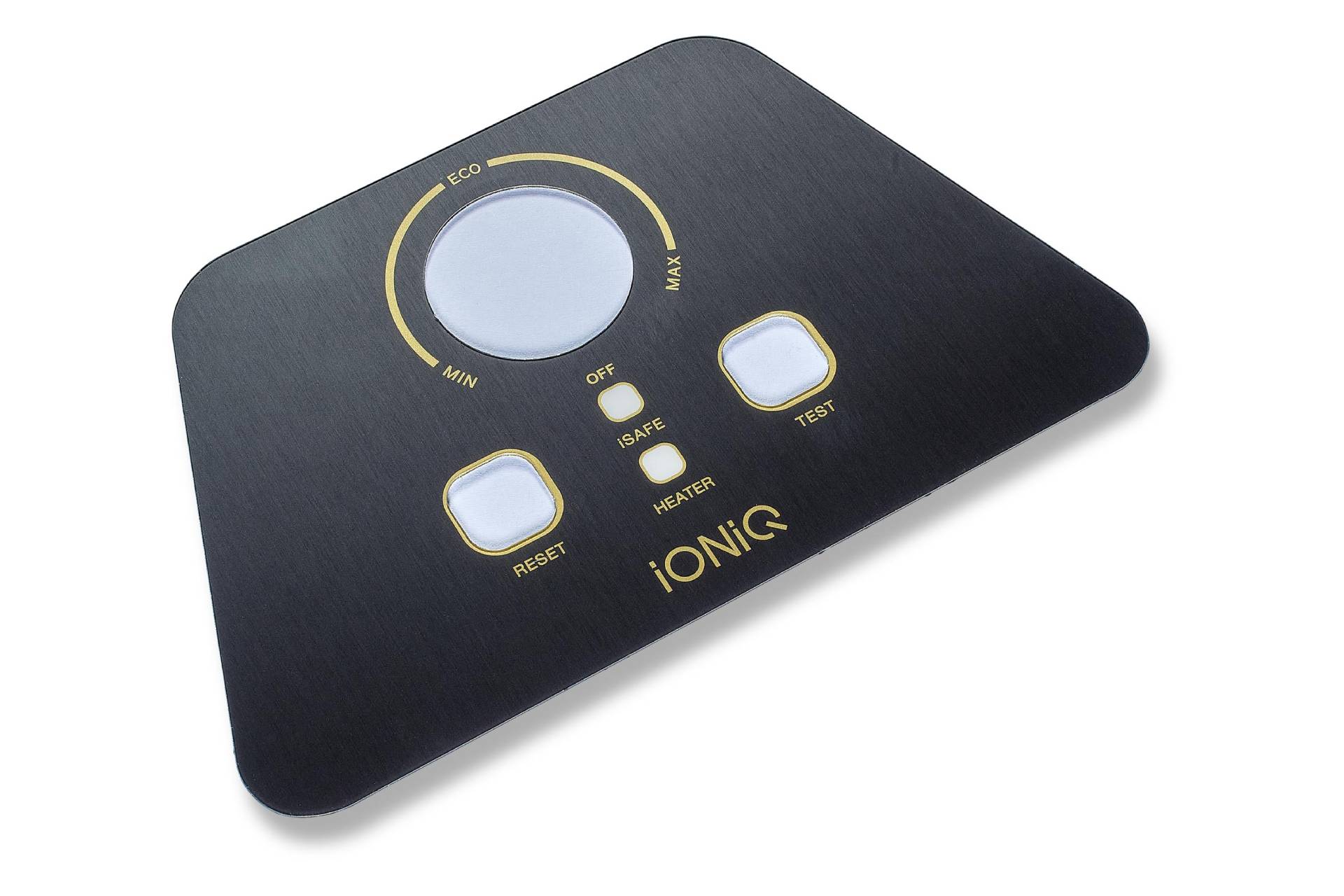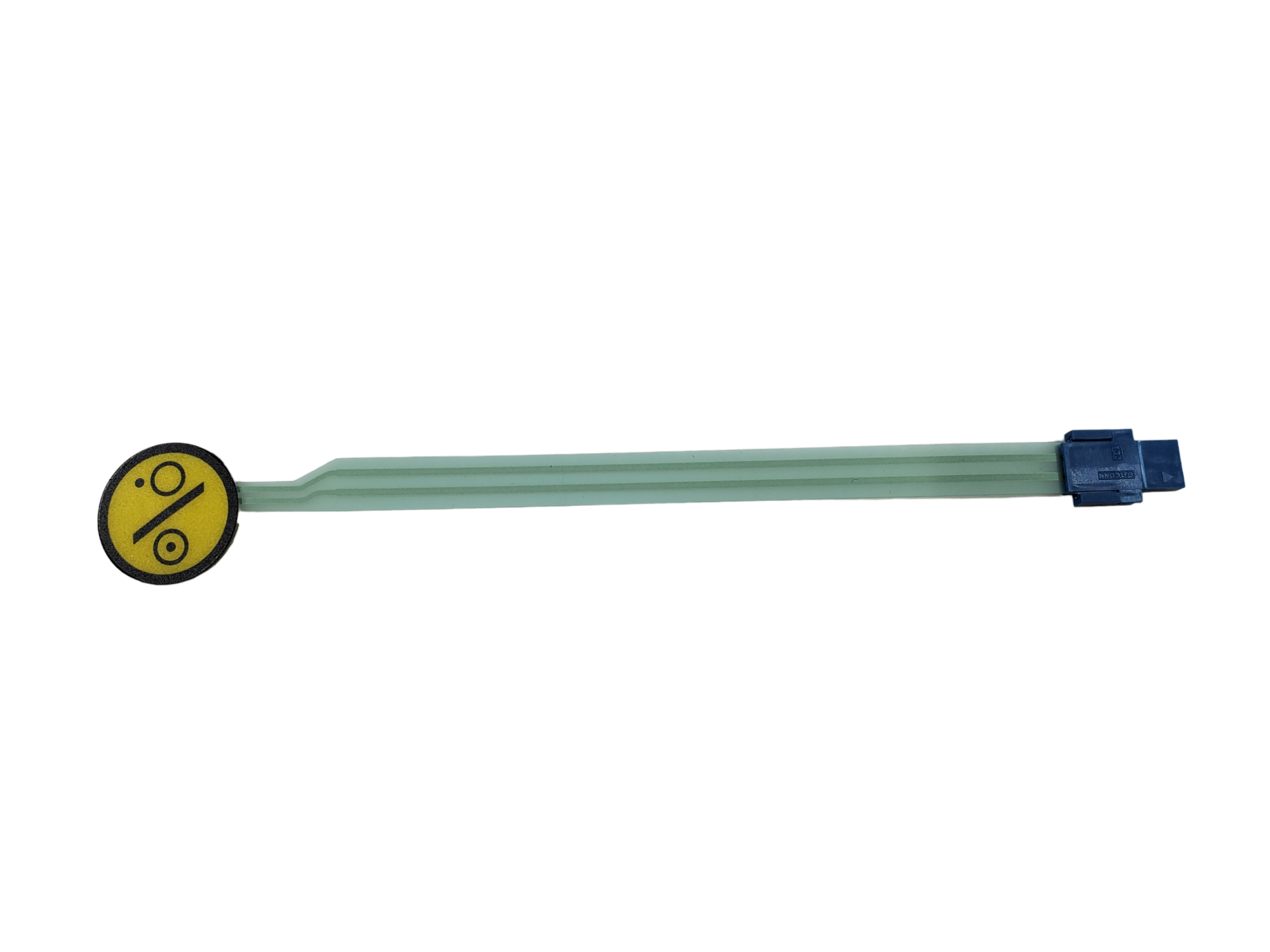Comprehending the Importance of Membrane Switch in Modern Electronics and Their Applications
Membrane changes offer as an important component in contemporary electronic devices, providing a reliable user interface for individual communication. Their light-weight and adjustable nature makes them appropriate for a series of applications across diverse sectors. Understanding their vital elements and advantages can offer insights into their growing importance. As innovation remains to breakthrough, the evolution of Membrane changes questions regarding their future applications and layout innovations. What lies in advance in this vibrant area?

What Are Membrane Switches?
Membrane buttons are necessary components in modern electronics, serving as user interfaces that facilitate interaction between devices and individuals. These buttons contain numerous layers, including a graphic overlay, a sticky layer, and a circuit layer, all of which job together to create a practical and sturdy interface. The layout enables a flat, low-profile remedy that can be personalized relating to dimension, shape, and visual appearance, making them suitable for various applications, from customer electronic devices to clinical devices. The tactile comments supplied by Membrane switches improves customer experience, while their resistance to dust and moisture makes them optimal for testing environments. Membrane buttons can integrate functions such as backlighting and published graphics, even more increasing their functionality. Their flexibility and toughness make them a recommended option in markets where reliability and convenience of usage are paramount, inevitably contributing to the seamless procedure of modern-day electronic tools.
Secret Components of Membrane Changes
While different parts add to the functionality of a membrane layer button, three main layers play considerable roles in its layout and procedure. The leading layer, normally made from a long lasting polymer, works as the interface for customer interaction, frequently including published icons and graphics. Below this is the spacer layer, which preserves the required range between the top layer and the circuit layer. This spacer layer warranties that the button turns on only when pressed, stopping accidental inputs. Finally, the circuit layer includes conductive traces that finish the electrical circuit when the top layer is dispirited. These traces can be made from different products, consisting of copper or silver. Together, these components produce a durable and reputable gadget that is small and flexible, ideal for a variety of electronic applications, from household devices to clinical devices. Understanding these key components is crucial for appreciating the overall capability of Membrane buttons.
Benefits of Making Use Of Membrane Changes

Membrane Switch Manufacturing Process
Recognizing the Membrane switch manufacturing process exposes the elaborate actions associated with generating these important components. The process normally starts with the design phase, where specs and layouts are produced utilizing specialized software program. Following this, the graphic overlay is published on a versatile substratum, typically utilizing high-resolution printing methods to assure clarity and precision.Next, the glue layers are used, which offer to bond the various elements with each other. The circuit layers, made from conductive inks or materials, are after that printed onto a different substratum. These layers are carefully lined up and laminated to develop a functional switch.After assembly, the switches undertake testing to confirm functionality and longevity. Quality control actions are implemented throughout the process to recognize and correct any type of defects. Lastly, the completed Membrane buttons are packaged and prepared for circulation, ready to meet the demands of modern-day electronic applications.
Applications of Membrane Changes in Different Industries
Membrane switches are significantly made use of across numerous industries, especially in clinical tools and customer electronics. In the clinical field, they offer reputable control interfaces for gadgets that call for precise procedure. In a similar way, in consumer electronics, these switches enhance user interaction by offering receptive and sleek interfaces.
Medical Equipment Control
Numerous contemporary clinical gadgets use Membrane switches for structured operation and boosted customer communication. These switches provide a trusted, long from this source lasting user interface for a selection of applications, including analysis devices, individual monitoring systems, and medical instruments. Their adjustable designs permit details formats that can suit the unique needs of health care professionals, making sure user-friendly navigating and efficient accessibility to vital features. Furthermore, Membrane switches are immune to contaminants, making them suitable for clean and sterile settings. The tactile responses they provide can enhance user self-confidence, reducing the threat of errors during crucial clinical treatments. In general, the combination of Membrane buttons in clinical equipment greatly adds to improved operational efficiency and client safety and security in health care settings.
Customer Electronics Interfaces
In the domain name of consumer electronics, Membrane switches play an essential duty in enhancing interface across a large variety of gadgets. These switches are important to products such as remotes, microwaves, and gaming consoles, offering a user-friendly and effective interface. Their design permits for a smooth assimilation of graphics and performance, making it possible for producers to create smooth, contemporary visual appeals without endangering functionality. Membrane buttons are likewise known for their durability, commonly holding up against considerable usage and exposure to numerous environmental conditions. Additionally, they can integrate attributes like backlighting and tactile feedback, further improving the individual experience. As consumer demands for sophisticated yet instinctive interfaces expand, Membrane changes proceed to be an essential part beforehand electronic device capability.
Layout Considerations for Membrane Switches Over
Designing efficient Membrane changes requires cautious focus to numerous aspects that affect both performance and customer experience. One important consideration is the selection of products, as they can influence durability, responsive comments, and visual charm. Choosing an ideal adhesive is essential for ensuring long-term adhesion and resistance to ecological factors.In enhancement, the design and style of the switch should accommodate individual interaction, with button dimensions and spacing enhanced for ease of use. The consolidation of graphics and labeling need to prioritize clarity and presence under various lights conditions.Consideration of electrical qualities, such as actuation pressure and switch sensitivity, will certainly enhance the responsiveness of the Membrane switch. Furthermore, the style should accommodate manufacturing processes to guarantee cost-effectiveness and prompt manufacturing. In general, a well-thought-out design improves both the individual and the capability experience of Membrane buttons in modern-day electronics.

Future Trends in Membrane Switch Modern Technology
As innovation remains to develop, Membrane buttons are poised to integrate new innovations that will boost their performance and application in various areas. One considerable fad is the consolidation of versatile and resilient materials, which will certainly enhance the life expectancy and reliability of these switches. Boosted surface area textures and adjustable graphics are also prepared for, permitting more intuitive user interfaces.Moreover, the combination of clever technology, such as touch-sensitive surfaces and haptic comments, is expected to boost individual interaction, making Membrane changes more responsive and engaging. Additionally, developments in printed electronic devices will allow much more intricate circuitry within thinner profiles, even more increasing design possibilities.Sustainability will certainly also play a crucial role in future growths, as suppliers explore environment-friendly products and production procedures. Overall, these patterns will certainly ensure that Membrane changes remain pertinent and vital you could look here in a significantly digital and interconnected world.
Regularly Asked Questions
Exactly How Do Membrane Switches Over Contrast to Conventional Mechanical Buttons?
Membrane switches over deal benefits over traditional mechanical buttons, consisting of minimized size, lighter weight, and enhanced sturdiness. They typically supply a sealed surface area, enhancing resistance to dust and dampness, making them excellent for varied applications.
What Materials Are Generally Utilized in Membrane Switch Building?

Can Membrane Switches Withstand Extreme Environmental Conditions?
Membrane switches can withstand severe environmental conditions, depending on their design and materials. High-quality constructions often feature sturdiness versus temperature level variations, humidity, and exposure to chemicals, making them appropriate for different requiring applications across industries.
For How Long Do Membrane Changes Generally Last Prior To Failing?
Membrane changes usually show a life expectancy ranging from 1 to 10 million actuations, relying on factors such as usage regularity, ecological conditions, and manufacturing quality. Regular maintenance can expand their durability and functional reliability substantially.
Are Membrane Switches Adjustable for Particular Applications?
Membrane switches are certainly personalized for details applications. They can be tailored in design, dimension, and capability, enabling producers to fulfill unique customer demands and boost product looks while preserving functional performance and toughness. Membrane switches are important components in modern-day electronics, offering as individual interfaces that assist in communication in between users and devices. The tactile comments offered by Membrane switches over boosts user experience, while their resistance to dirt and wetness makes them ideal for testing settings. The unification of graphics and labeling must prioritize clarity and visibility under various lighting conditions.Consideration of electrical qualities, such as actuation force and switch sensitivity, will enhance the responsiveness of the Membrane switch. Enhanced surface appearances and customizable graphics are also expected, allowing for more instinctive customer interfaces.Moreover, the assimilation of clever modern technology, such as touch-sensitive surface areas and haptic responses, is expected to enhance user communication, making Membrane switches much more appealing and receptive. Membrane switches over offer benefits over typical mechanical switches, including minimized dimension, lighter weight, and improved sturdiness.